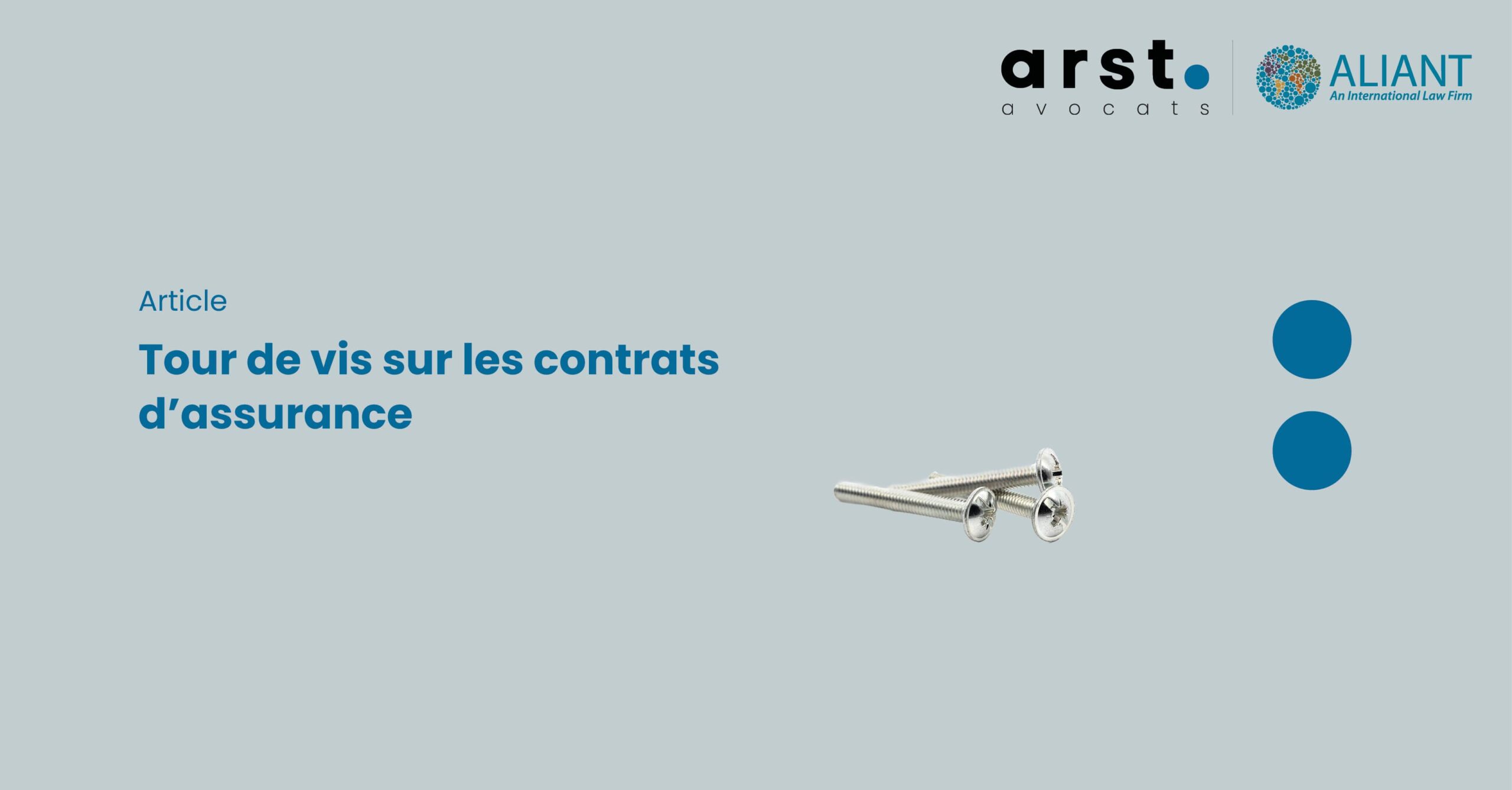
The year 2021 will undoubtedly mark a turning point in the fight of the Court of Cassation in favor of strengthening the protection of policyholders against the mechanisms of insurance law which have the effect of limiting, if not destroying their right to compensation, in situations where they have nevertheless paid a premium and suffered a loss which they thought was covered.
we know, a huge part of insurance litigation arises from difficulties surrounding the application of exclusion clauses, governed in particular by articles L.112-4 and L.113-1 of the insurance code, and the biennial prescription, provided for by article L.114-1 of the insurance code .
In three acts, the Court of Cassation has just demonstrated its determination to improve the condition of the insured. Back to the facts.
Expansion of the effects of the unenforceability of exclusions
Expansion of the effects of the unenforceability of exclusions that are neither formal nor limited
Until recently, the situation was as follows: in order to be validly enforceable against an insured, the exclusion of cover invoked by the insurer, written in very apparent characters, had also to be formal and limited, which implied between other things that it does not require interpretation to be understood by the unfortunate insured ( Cass. Civi. 2nd, November 26, 2020, appeal n°19-16.435 ), under penalty of being deemed unwritten.
In the case of clauses containing several exclusions, which are the most numerous in practice, it was on the other hand accepted that the sanction of unenforceability was applicable only if the exclusion actually invoked by the insurer to refuse its guarantee, was infringement of a defect, which was not the case when it was another exclusion, appearing in the same clause, which was neither formal nor limited.
It is this paradigm that the Court of Cassation overturned, judging that it was of little importance that an exclusion clause formally and limited list the pathologies excluded from the guarantee, since one of them , which was not even mentioned by the insurer (in this case, "back pain") was neither formal nor limited ( Civ. 2nd, June 17, 2021, appeal no. 19-24.467 ).
In practice, it thus becomes possible to set aside an exclusion even though it would be perfectly formal and limited!
Reinforcement of the requirement relating to the “highly apparent” character
Reinforcement of the requirement relating to the “very apparent” nature of clauses enacting nullities, forfeitures and exclusions
According to abundant case law, the requirement of article L.112-4 of the insurance code relating to the very apparent nature had ended up being interpreted as requiring insurers to reproduce the clauses enacting nullities, forfeitures and exclusions of so that they "stand out" visually from the others. It was thus recommended that they appear in bold, underlined or in capital letters, since the other clauses of the contract did not borrow this typography and that there is thus an effect of “contrast”.
Under the terms of a judgment that could almost have gone unnoticed ( Cass. Civ., October 14, 2021, appeal no. 20-11.980 ), the Court of Cassation has just ruled that the "very apparent" nature of a clause subject in Article L.112-4 of the Insurance Code should be assimilated to the obligation " to draw the insured's attention in particular to the nullity that it enacted" , in a case where the disputed clause had been reproduced in bold type, contrary, it seems, to the other clauses of the contract, which seems to condemn processes whose effect is only to produce a "contrast" effect.
The attempt to question the biennial prescription
The attempt to challenge the two-year prescription of article L.114-1 of the insurance code.
It article 25 of the law of July 13, 1930 (known as the "Godart" law) which made actions deriving from the (terrestrial) insurance contract subject to biennial prescription, because, at the time, of the burden that would have represented for the insurers the archiving of the contracts during the period of common law, which was still ten years with regard to the traders. This requirement now appears in Article L.114-1 of the Insurance Code.
On October 7, 2021, the Court of Cassation decided to transmit a priority question of constitutionality, formulated as follows:
“Is article L.114-1 of the insurance code contrary to the principle of equality before the courts (…) since it submits the actions deriving from the insurance contract initiated by non-professional insured persons to the against their insurer to a limitation period of two years whereas, in other contracts, actions brought by consumers against professionals are subject to the five-year period of common law provided for in Article 2224 of the Civil Code ? “.
If the response of the Constitutional Council is difficult to predict, the fact remains that the message sent to insurers is clear, as certain decisions have recently illustrated (for example, Cass. Civ. 2nd, April 18, 2019, appeal n°18- 14.404 , affirming the obligation to reproduce in the contract the ordinary causes of interruption of the prescription under penalty of unenforceability of the latter)!
Conclusion :
Unenforceability of exclusions that are formal and unlimited, reinforcement of the obligation to draw the attention of the insured to nullities, forfeitures and other exclusions, questioning of the two-year prescription... the noose continues to tighten on insurers , already obliged in 2020 to finance, outside the contract, part of the financial consequences of the health crisis, their contracts not being intended to guarantee pandemic risks”.
Jefferson Larue , associate attorney

Jefferson Larue
author
associate lawyer
Repetition of old-age benefits obtained by fraud
Court of Cassation, Plenary Assembly, May 17...
Biennial prescription: the Court of Cassation finally sets limits in favor of insurers
The obligation to inform insurers about the causes of interruption of the two-year prescription does not require mentioning the entire article 2243 of the Civil Code according to which the interruption does not take place when the claimant give up, leave...
Interview with Romain Picard, young partner of the firm Arst Avocats specialized in Corporate / M&A
Today we welcome Romain Picard, a young partner from Arst Avocats, who tells us about the reasons that led him to join the firm and talks to us about the projects that drive him with regard to the development of the practice of Corporate / M&A in this office...
Repetition of old-age benefits obtained by fraud
Court of Cassation, Plenary Assembly, May 17...
Biennial prescription: the Court of Cassation finally sets limits in favor of insurers
The obligation to inform insurers about the causes of interruption of the two-year prescription does not require mentioning the entire article 2243 of the Civil Code according to which the interruption does not take place when the claimant give up, leave...
Interview with Romain Picard, young partner of the firm Arst Avocats specialized in Corporate / M&A
Today we welcome Romain Picard, a young partner from Arst Avocats, who tells us about the reasons that led him to join the firm and talks to us about the projects that drive him with regard to the development of the practice of Corporate / M&A in this office...